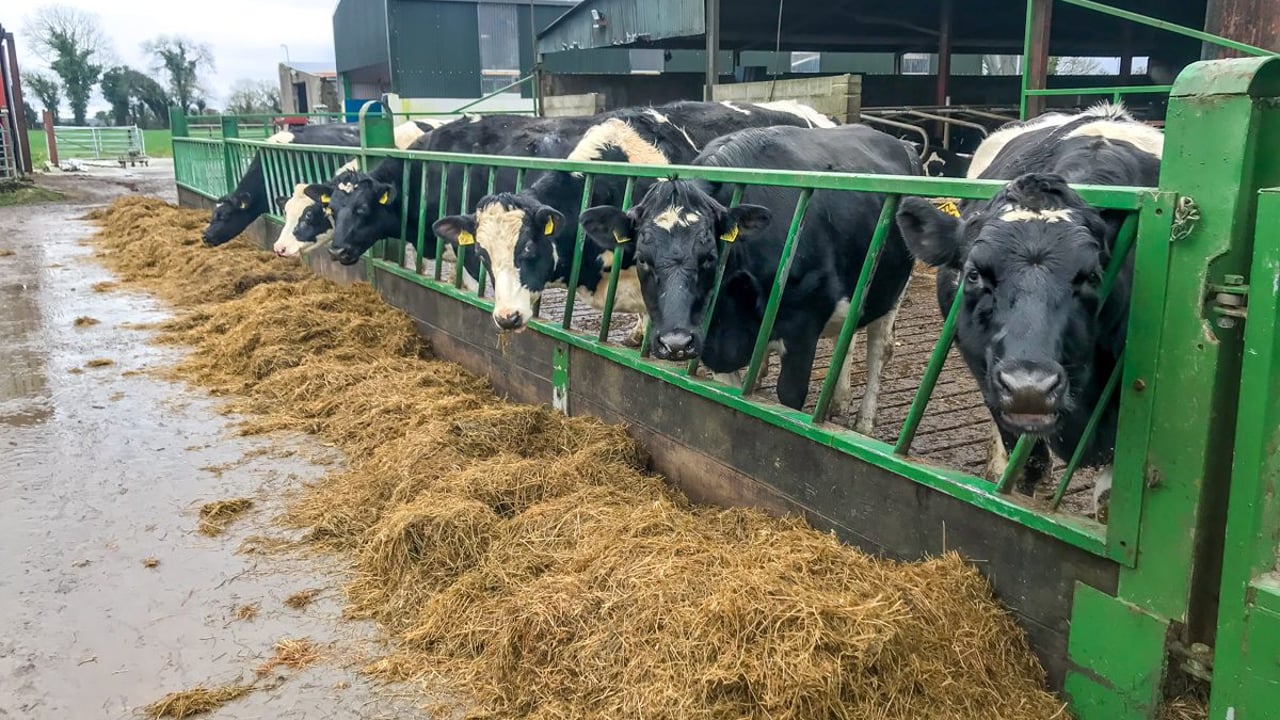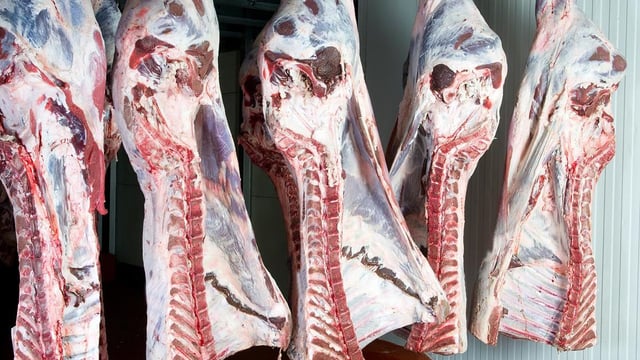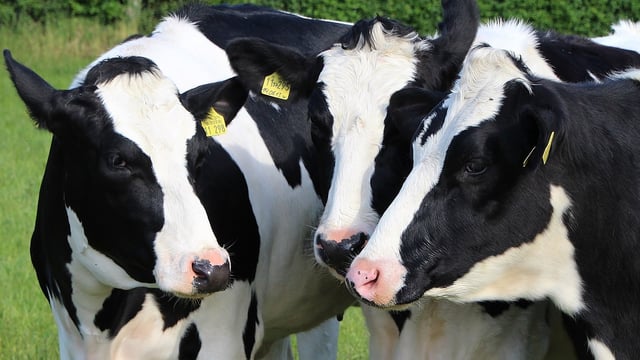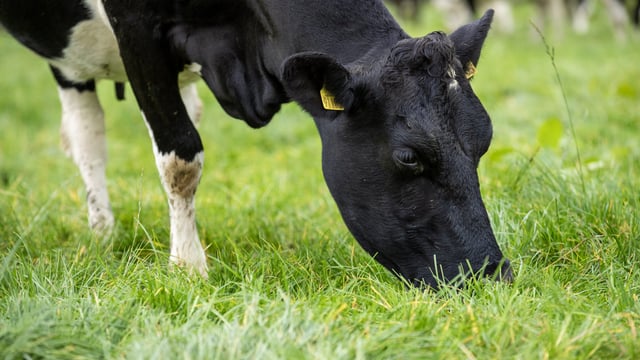Dairy advice: Preventing cases of milk fever in late-calving cows
Hopefully, for many farms, the end of the calving season is in sight with a few late-calving cows yet to calve, though the high risk of milk fever for those cows should be kept in mind.
Late-calving cows will have had a longer dry period, unless the farm opted to milk on cows through the winter months. But more often than not, cows are all dried off before Christmas.
This means that these cows that are yet to calve will be now dried off for over three months, giving them plenty of time to put on condition, putting them more at risk of going down with milk fever.
Where there are cows that are too well-conditioned - with a body conditions score (BCS) of over 3.5 - their feed should be restricted. There should be room in cubicles to move them around now that the main milking herd are likely to be out at grass.
Avoid feeding a high-quality silage to these cows and if needs be, feed a small bit of straw or a drier type silage with a higher fibre content.
It is normal for farmers to take their eye off the ball ever so slightly at this time of year, but dry cows still need to be receiving the correct amount of minerals, which should be about 100–120g/cow.
Dry cow minerals should include at least 22% magnesium and high levels of vitamin D – about 14,000 units plus. Older cows in particular need high levels of vitamin D to prevent milk fever.
If dusting minerals on silage, the minerals should be offered twice daily (60g/cow in two feeds) to ensure that intake is controlled and that all cows have access to them. This is particularly important where feed space is limited.
Feed space might not be a problem at this stage of the calving season, but nonetheless, spreading the dusting over two feeds will allow for optimum intakes.
In addition, trace minerals should not be overlooked - copper, selenium, zinc, and other trace minerals should be fed from at least six weeks pre-calving in order to achieve adequate levels for when the cow is calving down.
Some farmers benefit from running a freshly calved group of cows, with them kept indoors and separated from the milking herd for three to four days until the colostrum period is finished.
This freshly calved group should be continued for at least another week or two, as it gives the cows time to recover before returning to the main herd.
Late-calving cows should have their silage restricted to keep body condition score (BCS) under 3.5. If they are already over-conditioned, it may be difficult to rectify, and should be managed and monitored at the point of calving.
To keep April- and May-calving cows under 3.5, you should restrict their intakes to between 10-11kg of dry matter (DM)/day for March.
If there has been a history of health issues, such as milk fever at calving, the mineral content of your silage should be tested.
High potassium (K) silage can often be the cause of the problem, so the farmer should target a low K silage of less than 2.2% from four weeks pre-calving.
A high calcium bolus with vitamin D is recommended instead of straight calcium bottles under the skin, for the purpose of preventing milk fever at the point of calving.
However, where over-conditioned cows are identified and administered a calcium bolus with vitamin D prior to calving, a calcium bottle for under the skin should still be on standby and used for treatment of clinical cases.
As cows calve down, they are going to be in a negative energy balance, stressed, and vulnerable to metabolic issues. This means that farmers need to maximise their DM intake, gradually increase their concentrates, and monitor BCS to ensure there are no health issues.





